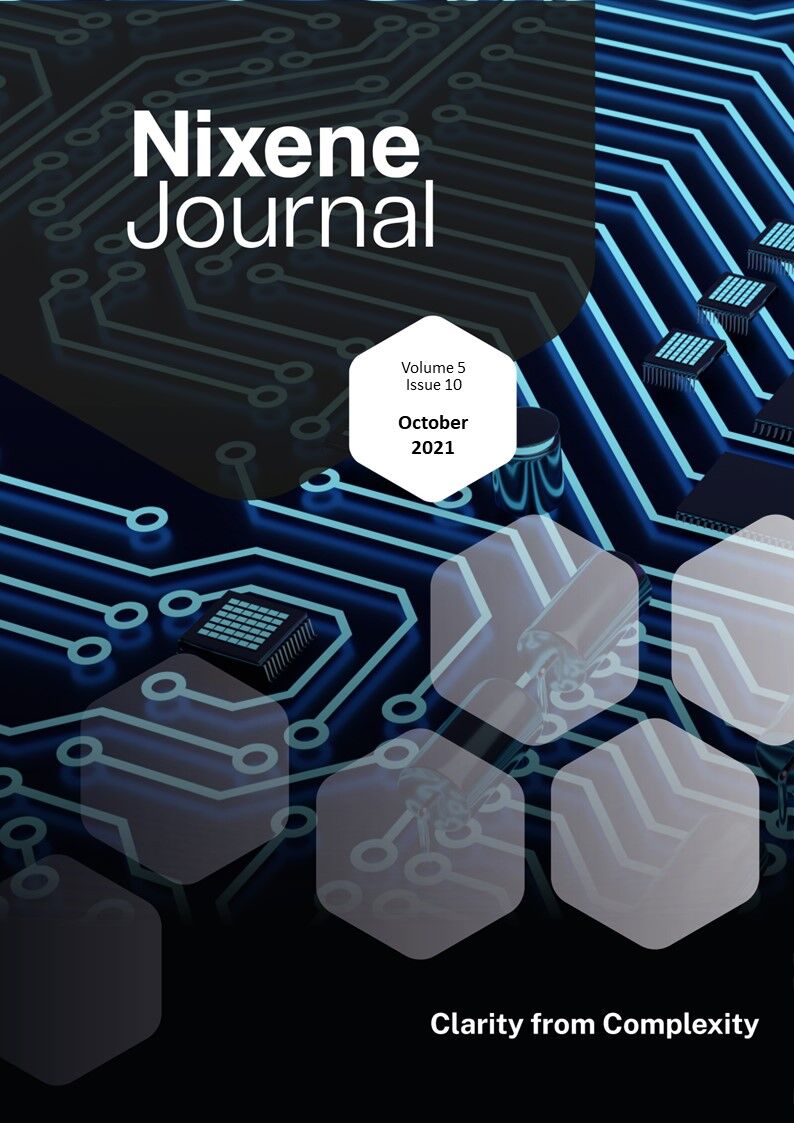Description
Another packed issue, the progress in the world of 2D maintains its pace.
This month we have three special features from Debbie Nelson. The Australian activity around graphene has been gaining our attention and Debbie has been discovering how graphene can help boost the efficiency of cooling systems and reduce their carbon footprint. In the USA Debbie found a growing business using graphene enhanced composites to make lightweight armoured vehicles that are completely bullet proof, yet very fast. Then Debbie also interviewed Prof James Tour at Rice University. The Rice team has developed a new way of making graphene from waste plastics. They call it flash graphene. Regular readers will be aware of this and also know Prof Tour is one of the world’s most respected scientists so when he develops something people pay attention.
Forbes magazine was also paying attention and ran a special feature on flash graphene this month. They turned to us to make sure the science was correct. We also briefed them on the use of graphene in concrete and the associated (2%) potential reduction on global Carbon Dioxide emissions if graphene is adopted by the construction industry. As a result of the article we have been contacted by CEOs in the construction area to find out more. So maybe we will be reporting more about the use of graphene in concrete and cooling systems in future issues of this journal.
Graphene may help with the hydrogen economy too. Researchers in London have found that graphene enhances the use of platinum metal as a catalyst for hydrogen fuel cells. They have imaged the nanoparticles of platinum on individual nanoplates of graphene which will help advance the application development in this area.
Researchers at the UK National Physical Laboratory (NPL) and Graphene Engineering Innovation Centre (GEIC) have also published impressive work imaging functional groups right down to the nanoscale. For the first time we can now see where the functionalisation is actually located on individual nanoplates. Until now this has been a matter of guesswork and this technique could help create new advances in developing higher performing nanocomposite materials.
There are lots more commercial developments this month too. A Volkswagen subsidiary has announced it has just started an R&D programme to explore graphene composite materials for use in the automotive market. They seem blissfully unaware that Ford has been doing this since 2018 and has now fully integrated graphene composites in the production of all their automobiles.
Vittoria are maintaining their world leading position in graphene composites for bicycle tyres. They have launched a range for electric bikes. The selling point is that graphene composite tyres have lower rolling resistance and absorb less energy than standard tyres, so the batteries last longer. As usual there is so much more to read…
Adrian Nixon,
1st August 2020







